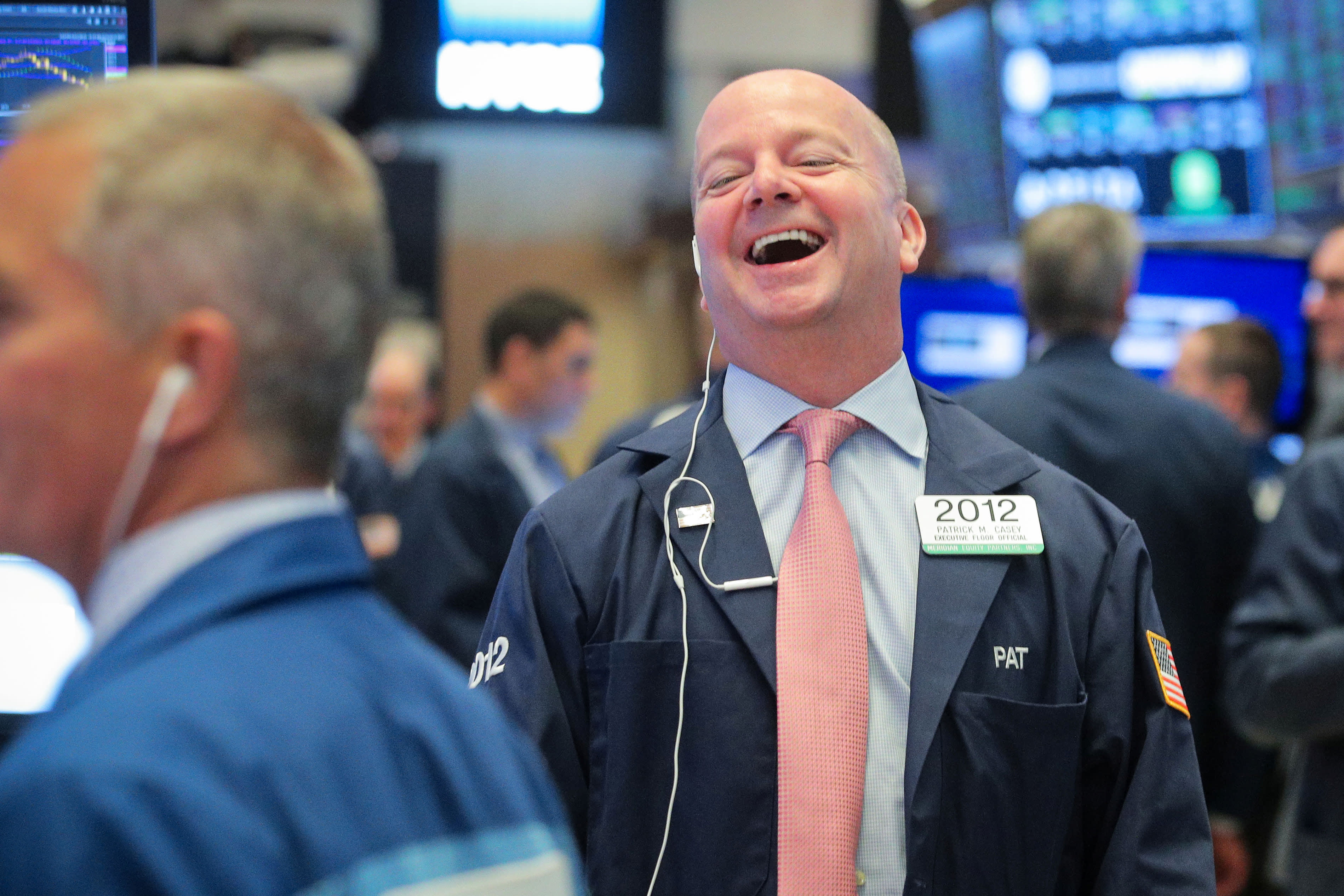This post was originally published on this site

Traders work on the floor at the New York Stock Exchange.
Brendan McDermid | Reuters
The so-called “Santa Claus rally” is already upon us, according to Tom Lee, Fundstrat Global Advisors’ head of research.
The Dow Jones Industrial Average hit another new record on Thursday, bringing its gain for the year to 18%. Improving economic data and solid earnings have prompted the analyst to raise his year-end target for the S&P 500 to 3,185, a roughly 3% gain from here.
“We are in the final eight weeks of 2019, and roughly the start of the Santa Claus rally,” Lee said in a note to clients on Thursday. “This effect is very strong in last 20 years.”
Since 1998, when the S&P 500 is up more than 9.5% through the end of first week of November, the market has seen a 4% further pop on average, according to Fundstrat. This has happened 10 out of 10 times in the past 20 years, with the S&P 500 rising the last eight weeks to an average of 3,212, the firm said.
The S&P 500 has rallied more than 23% this year. So if history is any guide, the benchmark has a 4.3% upside into the year-end, Lee said.
Better-than-expected economic data gave stocks a boost this quarter. A gauge for U.S. services activities topped expectations for October, while the labor market remains solid as jobs creation easily beat estimate last month.
The U.S.-China trade war that roiled markets in the past year and a half has also eased with the two sides work to ink a “phase one” trade deal. The both sides have agreed to simultaneously cancel some existing tariffs one another’s goods, strengthening the hopes for a resolution on trade between the world’s two largest economies.
The definition of the Santa Claus rally varies on Wall Street. The Stock Trader’s Almanac said the rally begins in the last week of December through the first two trading days in January. The S&P 500 has eked out a 1.3% gain on average since 1969, it said.




